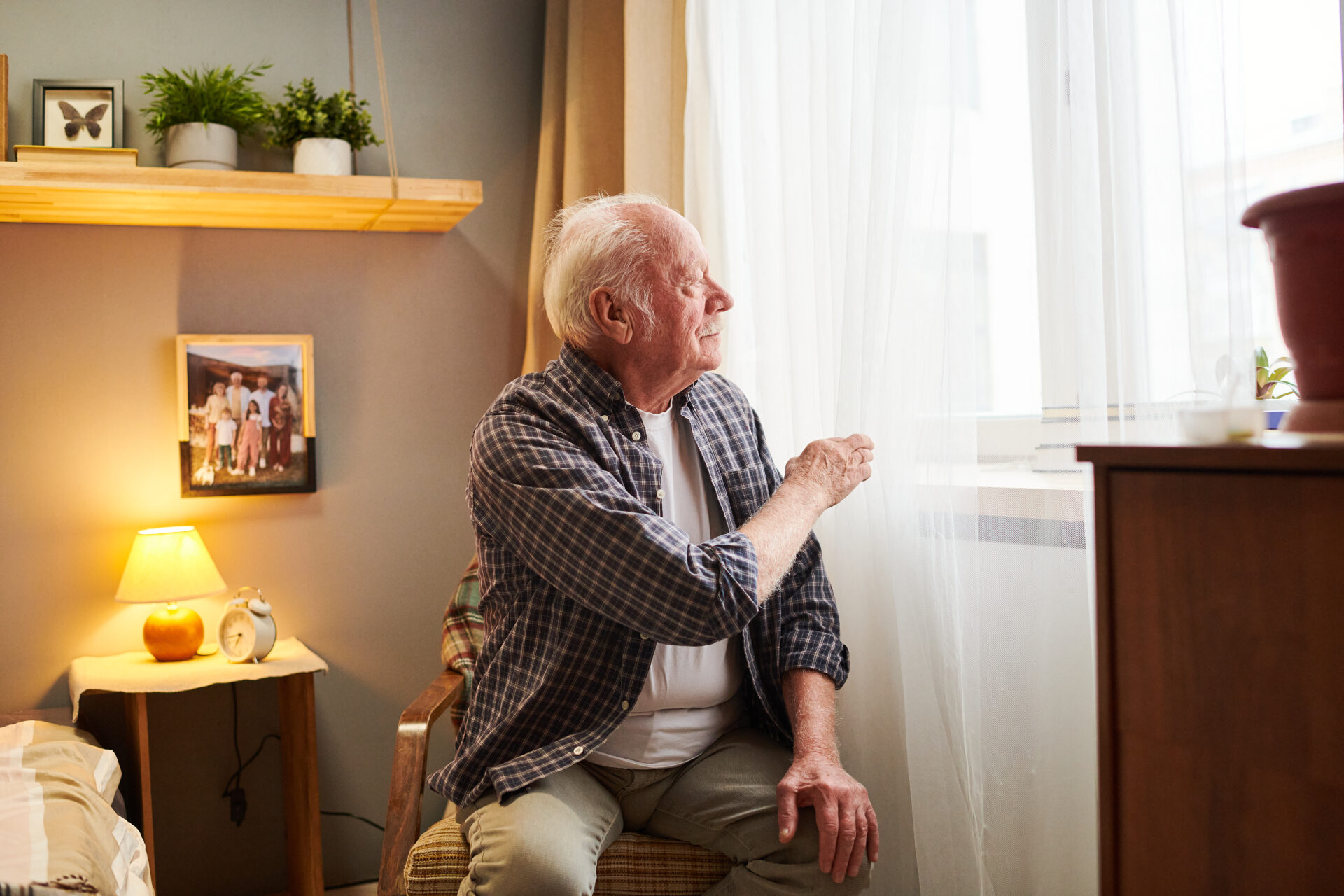The safety of our aging loved ones is a top priority for many families. As we explore the best ways to ensure the well-being of the elderly, elderly compliance with fall detection devices has become a crucial aspect of senior care. These devices are designed to promptly alert caregivers when a fall occurs, potentially saving lives and providing peace of mind.
However, for these devices to be effective, it’s essential that seniors use them consistently and correctly. This article aims to provide a comprehensive understanding of the factors that influence compliance and how families can encourage their loved ones to utilize these life-saving tools.

Understanding Fall Detection Devices
Fall detection devices are designed to monitor a person’s movements and detect falls. They use advanced sensors and algorithms to differentiate between normal movement and falls, sending alerts to caregivers or emergency services when necessary.
Types of Fall Detection Devices
There are several types of fall detection devices available:
- Wearable Devices: These are worn on the body, typically as pendants, watches, or belt clips.
- In-Home Sensors: Installed in strategic locations, these devices monitor movement patterns within the home.
- Smartphone Apps: Leveraging the sensors in smartphones, these apps can detect falls and send alerts.
Each type has its own set of features and benefits, making it important to choose the right one based on individual needs and preferences.
Factors Influencing Compliance
Several factors affect an elderly person’s willingness and ability to comply with using fall detection devices:
Awareness and Education
Understanding the benefits and functionality of these devices is crucial. Seniors who are educated about how these devices work and how they can prevent severe injuries are more likely to use them consistently.
Ease of Use
If a device is complicated to operate, seniors may be discouraged from using it. Simple interfaces and clear instructions enhance compliance.
Comfort and Design
The physical design of the device plays a significant role. Devices that are comfortable to wear and aesthetically pleasing are more likely to be used regularly.
Trust in Technology
Seniors who trust technology are more inclined to use fall detection devices. Demonstrating reliability and accuracy can build this trust.
Encouraging Compliance
Family caregivers can play a pivotal role in encouraging compliance:
Regular Communication
Maintain open lines of communication. Discuss concerns and preferences with your loved ones to find solutions that work for them.
Demonstrate the Benefits
Showcase real-life scenarios where fall detection devices have made a difference. This can motivate seniors to use the devices consistently.
Provide Training
Offer step-by-step training on how to use the devices. A hands-on approach can alleviate anxiety and boost confidence.
Choosing the Right Device
Selecting the appropriate fall detection device is vital for ensuring compliance:
Assess Individual Needs
Consider the lifestyle, mobility, and preferences of the elderly person. Tailor the device selection to their specific situation.
Research and Reviews
Research different devices and read reviews to understand the pros and cons of each option. Websites like NCOA provide valuable insights.
Trial Periods
If possible, opt for a device with a trial period. This allows the elderly person to test the device and determine if it’s a good fit for them.
The Role of Technology in Elderly Care
Technology is transforming elderly care, providing innovative solutions for independent living. Fall detection devices are just one example of how technology can enhance safety and quality of life for seniors.
For more information on how technology is shaping elderly care, you can visit Smart Elderly Care Solutions.
Conclusion
Elderly compliance with fall detection devices is essential for maximizing the benefits of these life-saving tools. By understanding the factors that influence compliance and taking proactive steps to encourage usage, families can greatly enhance the safety and well-being of their aging loved ones.

FAQs
How do fall detection devices work?
These devices use sensors to detect changes in movement and send alerts if a fall is detected.
Are fall detection devices reliable?
While no device is 100% accurate, most are highly reliable and can significantly reduce response times in emergencies.
Can fall detection devices be used outdoors?
Yes, many devices are designed for both indoor and outdoor use, providing comprehensive coverage.
This article contains affiliate links. We may earn a commission at no extra cost to you.






